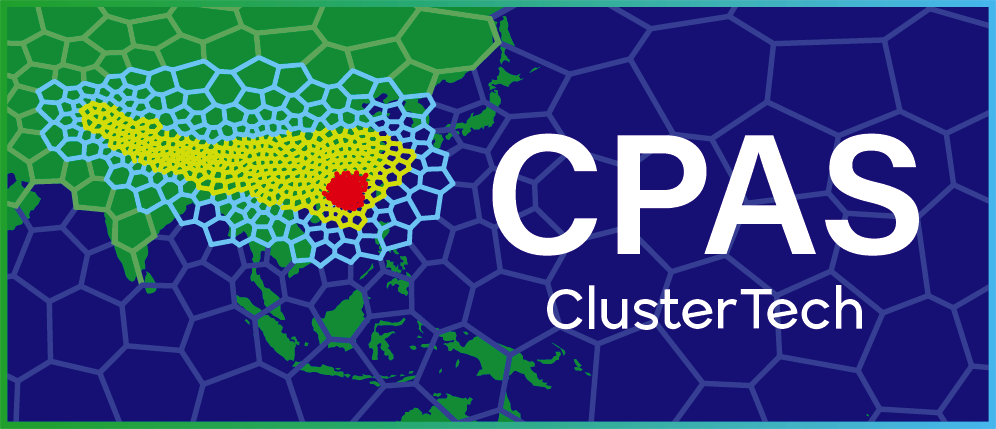DIY Weather Prediction (Okinawa) Part 1
Hi guys! My name is Chris. Today I am going to show you how to do a DIY weather prediction.
Subtitle available: English
I am going to have a vacation in Okinawa this Sunday. I can predict the weather 5 days ahead using a cloud-computing platform – Do It Myself rather than reading a weather forecast report. Let's see how I can do it.
Weather prediction can be done by massive computation using a Numerical Weather Prediction model. MPAS-A is an excellent model originating from the United States.
The surface (atmosphere) of the Earth is divided into a number of cells (columns, with vertical direction as the third dimension) which are mostly hexagonal. In each cell (column), the weather elements, including temperature, air pressure, humidity, as well as wind speed and direction, are kept as state variables.
The model simulates the changes of these variables along time, following physical processes including how the Sun heats up the land and ocean differently, how air expands and flows according to thermodynamics and fluid mechanics, how the excessive heat budget around the Equator is transferred to the North and South Poles via circulation, and how moisture becomes cloud and rain.
The resolution of the mesh, or the sizes of the cells, is vitally important to the accuracy of the prediction. The higher the resolution, the higher the accuracy can be achieved in general. MPAS-A provides a number of standard meshes in the MPAS mesh download page. There are mesh of 480km resolution (the centers of two adjacent hexagonal cells are approximately 480km apart), to mesh of 3km resolution. There are only about 2,600 cells in the 480km resolution mesh, while there are about 65 million cells in the 3km resolution mesh. The 480km mesh takes tiny computational resource to run, probably a piece of cake for one desktop or server. The 3km resolution mesh takes hundreds of high performance computing servers to run, probably affordable only by national research or operational institutes. You cannot expect a coarse resolution mesh to produce accurate weather prediction with a finish-in-five-minute run, while the massive computation using a high resolution mesh is very costly.
The good news is: MPAS-A supports variable resolution. The cells in a mesh can have big sizes at most locations around the globe, and gradually transit to small sizes in a region usually called the refinement region. In this way, you get better prediction in your region of interest while not spending too much cost on other parts of the globe.
The CPAS cloud-computing platform supports you to make meshes with refinement regions of arbitrary shapes and sizes.
Signup CPAS if you haven't, and create a new mesh specification. [Watch the video for how to do it → ] Draw a polygon around Okinawa. Use the default target resolution 4km for Okinawa and other default parameters. It is nice that for the size of Okinawa, 4km resolution results in a mesh with 40,000+ cells, under the limit of 50,000 cells Free Subscription usage. (If the number of cells is exceeded in your trial, use a bigger number like 8km as target resolution, trial-and-error). Preview and order a mesh generation job, wait for a few minutes for the job to complete, have a look on the mesh generation report, and click the button for Real Simulation.
It was the afternoon of Friday, 20 Dec 2019 (Hong Kong Time, +8 hours from UTC) when I made the prediction. The GFS (Global Forecast System) run operationally by the United States provides data of the atmosphere every 6 hours. We are grateful for that being publicly available just several hours lagging realtime. I chose 00 UTC 20 Dec 2019 as the starting time of the weather simulation, specified the simulation to be 132 hours long, which was 5.5 days, ending on the Christmas day. I submitted the Real Simulation job, looking forward to the servers in CPAS cloud-computing platform completing the job before I arrive Okinawa!
Saturday was a busy day for me to take care of kids, not having a chance to check my computational job. I had a few minutes in the Airport to check my job when my wife bought early breakfast for the kids. Bingo! The job was completed! (Actually, it was completed right on Saturday.)
Let me continue checking the prediction result after I settle down in Okinawa and enjoy the day with my family.
To be continued... Part 2
